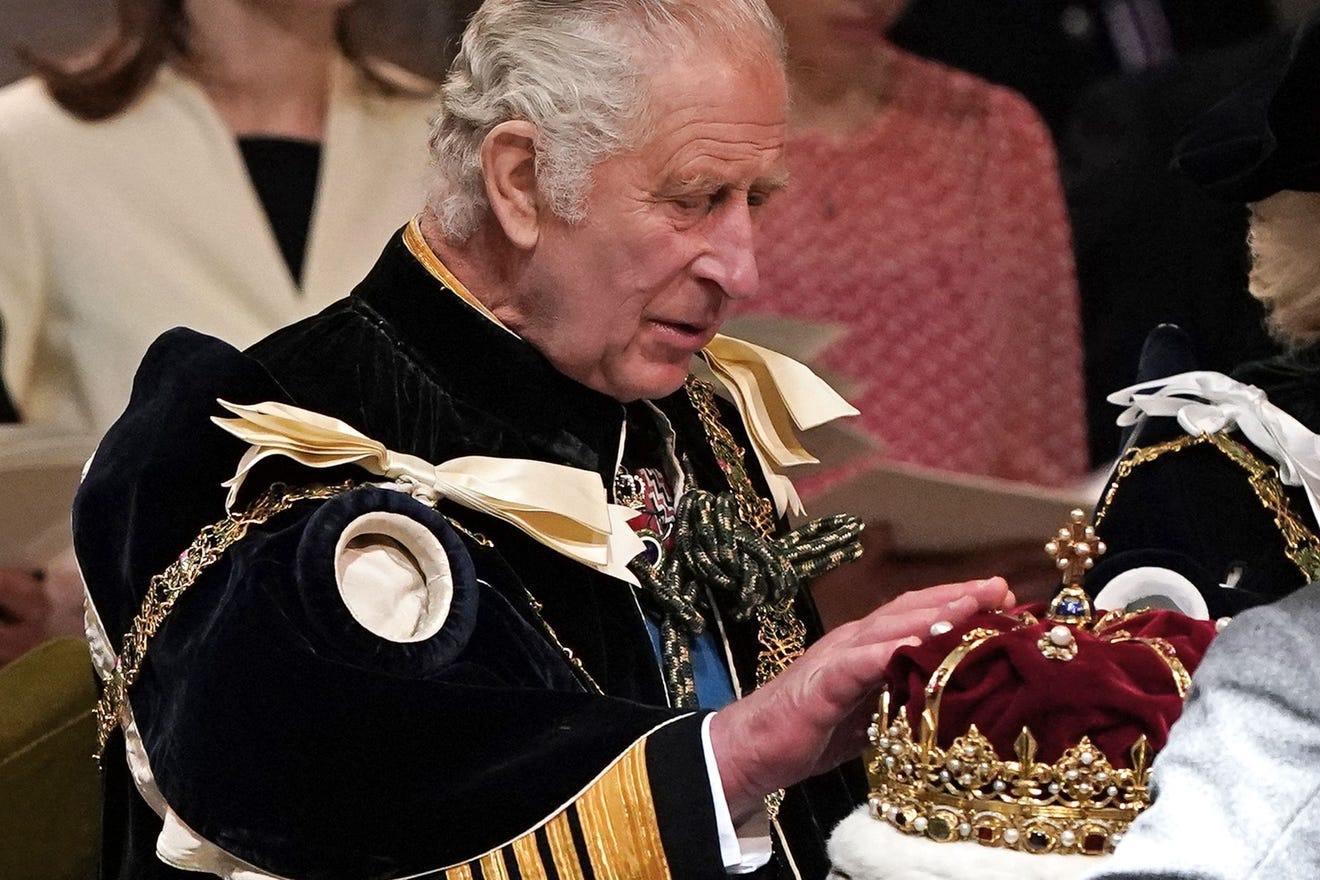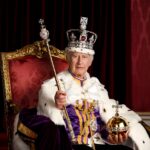It was Scotland on parade. Bagpipes, kilts, drums and a Shetland pony named Corporal Cruachan IV marched down Edinburgh’s Royal Mile on Wednesday to honor King Charles III.
Two months after his lavish coronation at Westminster Abbey in London, Scotland hosted its own event to mark the new monarch’s accession to the throne.
While Charles and Queen Camilla weren’t crowned a second time at St. Giles’ Cathedral, the new king was presented with the Honors of Scotland — the crown, scepter and sword of state — items he received with reverence. The Stone of Destiny, an important symbol of Scottish identity, was also moved to the cathedral for the festivities.
The presence of these icons of Scotland’s nationhood is a mark of respect for a country that is fiercely proud of its history and where the desire of some for independence has never died, even though it has been bound to England and the United Kingdom since 1707. Scotland’s national government is led by the Scottish National Party, which is calling for a second independence referendum.
King Charles marks coronation with photograph of self, heirs
Archbishop fined for traffic violation days after anointing King Charles
“It’s not a coronation,’’ said George Gross, an expert in coronations at King’s College London. ‘’But it’s very symbolic in that Scotland has its own identity.’’
The events in Edinburgh are a continuation of Charles’ effort to cement ties throughout the United Kingdom as he tries to show that the 1,000-year-old monarchy remains relevant in modern Britain. Soon after the death of his mother, Queen Elizabeth II, last September, Charles visited Northern Ireland, Scotland and Wales before attending the state funeral in London, USA Today reports.
Just as May’s coronation ceremony gave nods to the multicultural nature of Britain today, Wednesday’s church service will include a psalm sung in Gaelic. Charles will also be presented with a new sword made by Scottish artisans and named after Elizabeth. The sword will be used in place of the current sword of state, which was made in 1507 and is too fragile for use in the ceremony.

 Join Daily Trust WhatsApp Community For Quick Access To News and Happenings Around You.
Join Daily Trust WhatsApp Community For Quick Access To News and Happenings Around You.


